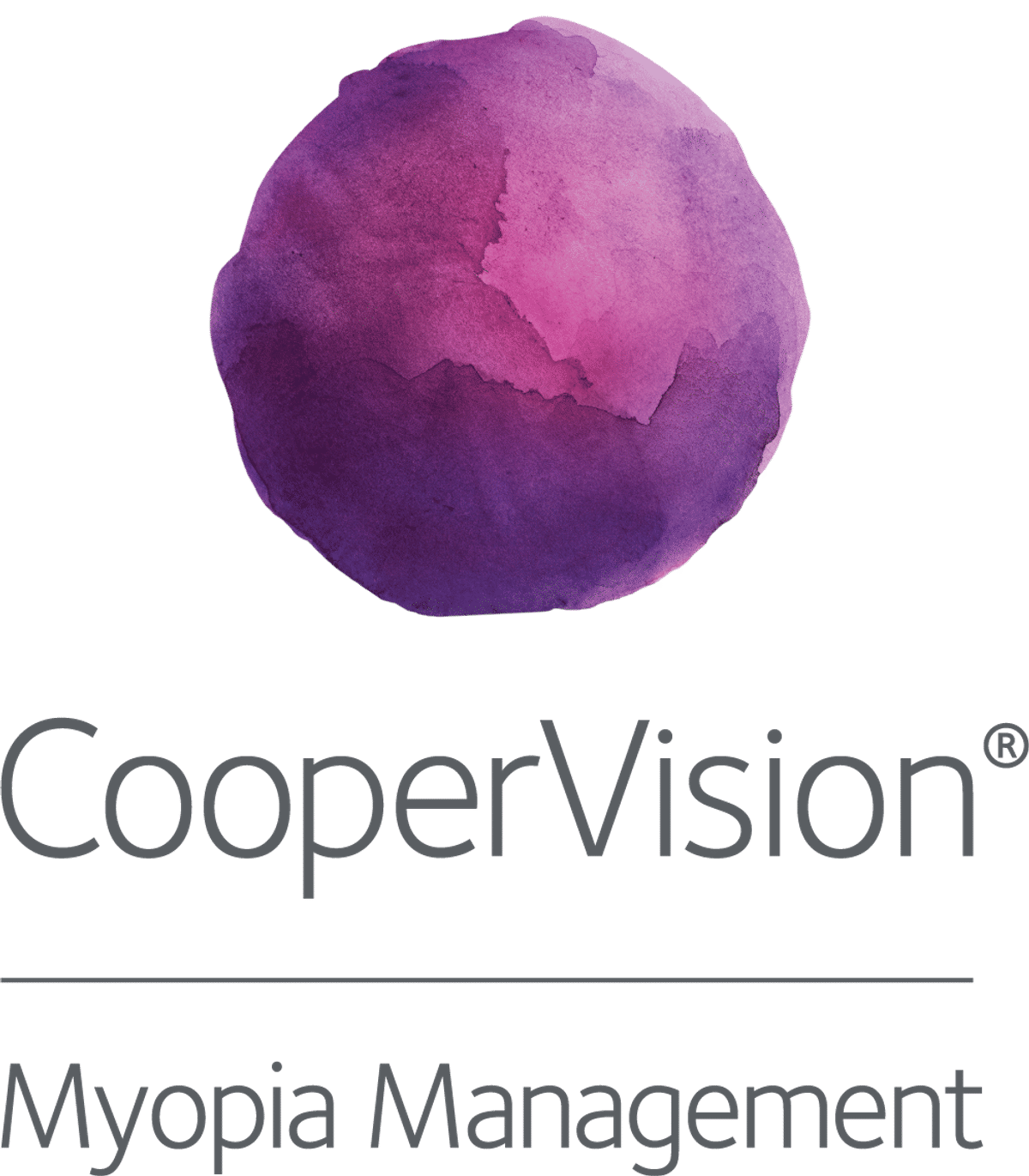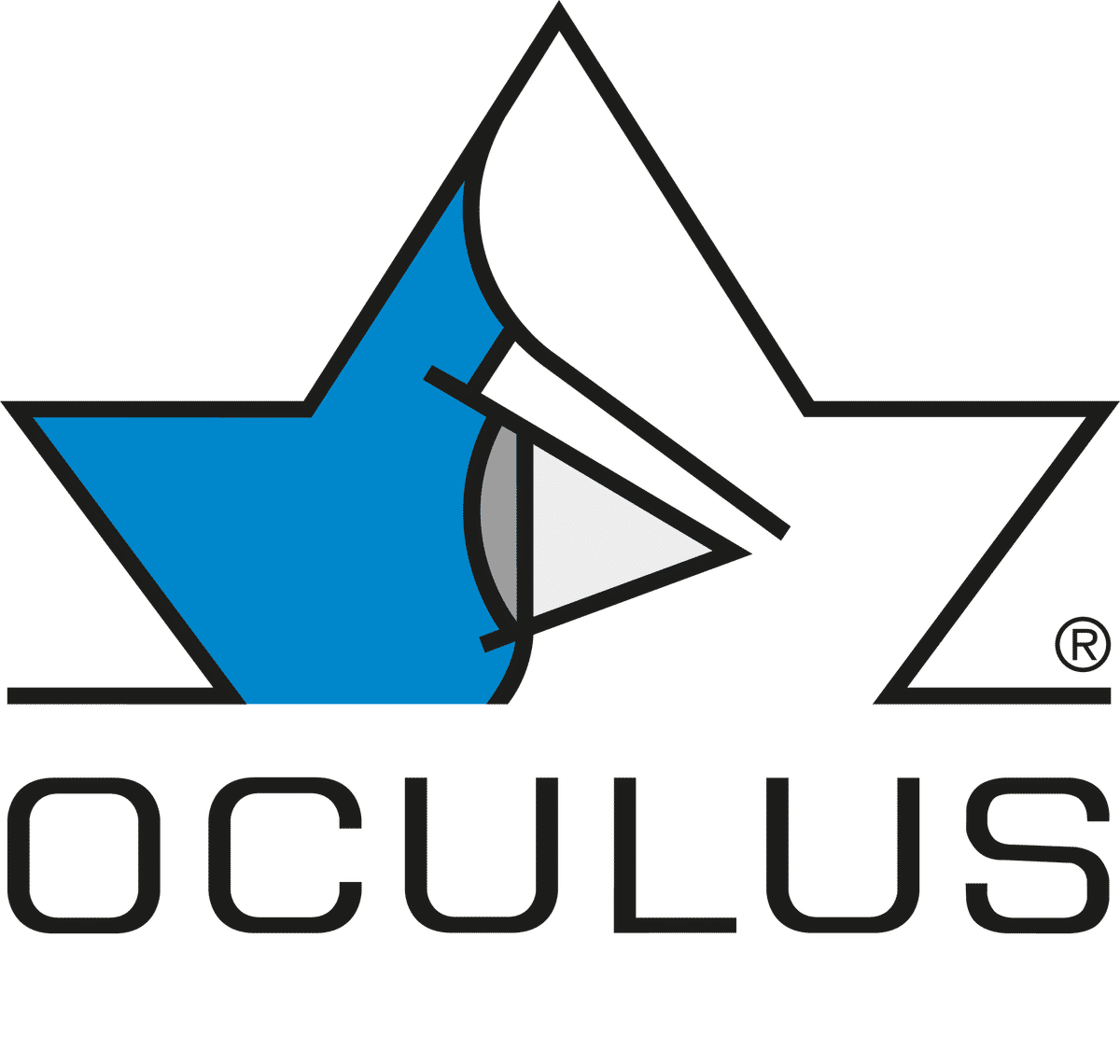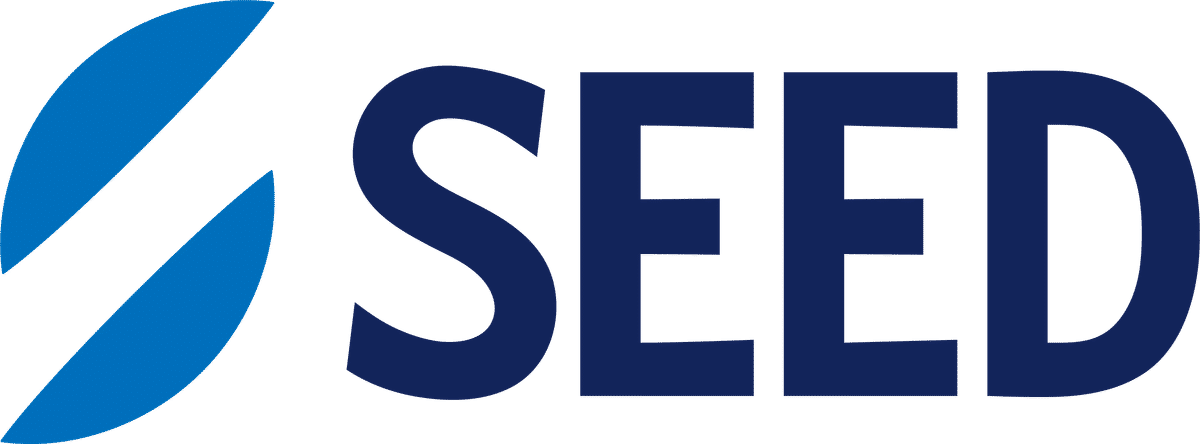Science
ARVO2025 Recap #4 - Models of eye growth

In this article:
Myopia Profile reported live at the Association for Research in Vision and Ophthalmology (ARVO) annual meeting in Salt Lake City, USA. From hundreds of abstracts, just over 30 of the hottest topics in myopia management were selected. This fourth recap highlights large-scale data from international cohorts, the nuances of axial length percentile charts, and new ways to interpret treatment responses.
- Global Axial Length Growth Charts: A Comprehensive Study Across Continents in the CREAM-KIDS Consortium
- Change in Astigmatism in Myopic Children
- The Limitations of Percentile Growth Curves for Myopia
- What percentage of individuals treated for myopia progression exhibit axial elongation greater than the mean of the control group?
Global Axial Length Growth Charts: A Comprehensive Study Across Continents in the CREAM-KIDS Consortium
Authors: Sander Kneepkens¹,², Gareth Lingham³,⁴, Dirk Jan van Hemert¹,², Jan Roelof Polling¹, Willem Tideman¹,⁵, James Loughman⁴, Niall C. Strang⁶, Weizhong Lan⁷,⁸, Jeremy Guggenheim⁹, Kathryn Saunders¹⁰, Seang-Mei Saw¹¹, Siofra Christine Harrington⁴, Laura Guisasola¹², Amanda French¹³, Rigmor C. Baraas¹⁴, David A. Mackey³, Jason Yam¹⁵, Olavi Pärssinen¹⁶, Caroline C. W. Klaver¹¹,¹⁷, Ian Flitcroft⁴,¹⁸
- Ophthalmology, Erasmus University Medical Center, Rotterdam, Zuid Holland, Netherlands
- The Generation R study group, Erasmus University Medical Center, Rotterdam, Zuid Holland, Netherlands
- Centre for Ophthalmology and Visual Science, University of Western Australia, Perth, Western Australia, Australia
- Centre for Eye Research Ireland, Technological University Dublin, Dublin, Ireland
- Ophthalmology, St. Martini Hospital, Groningen, Groningen, Netherlands
- Department of Vision Sciences, Glasgow Caledonian University, Glasgow, Glasgow, United Kingdom
- Aier Academy of Ophthalmology, Central South University, Changsha, Hunan, China
- Aier School of Optometry and Vision Science, Hubei University of Science and Technology, Xianning, China
- School of Optometry & Vision Sciences, Cardiff University, Cardiff, Cardiff, United Kingdom
- Centre for Optometry and Vision Science, Ulster University, Coleraine, Coleraine, United Kingdom
- Saw Swee Hock School of Public Health, National University of Singapore, Singapore, Singapore
- Department of Optics and Optometry, Universitat Politècnica de Catalunya, Terrassa, Catalunya, Spain
- Discipline of Orthoptics, University of Technology Sydney, Sydney, New South Wales, Australia
- National Centre for Optics, Vision and Eye Care, University of South-Eastern Norway, Kongsberg, Norway
- Department of Ophthalmology and Visual Sciences, The Chinese University of Hong Kong, Hong Kong, China
- Gerontology Research Centre and Faculty of Sport and Health Sciences, University of Jyväskylä, Jyvaskyla, Finland
- Department of Ophthalmology, Radboud University Medical Center, Nijmegen, Gelderland, Netherlands
- Temple Street Children's Hospital, Dublin, Ireland
Summary
This study aimed to develop region- and gender-specific reference growth charts for axial length using global data from the CREAM-KIDS consortium. Data from 172,788 children and young adults across 16 cohorts were analysed, incorporating cross-sectional and longitudinal measurements from Asia, Europe, and Australia. Mean axial length increased with age and was consistently higher in males; for example, Asian male values ranged from 22.32 mm (age 0–5) to 24.86 mm (age 15–20), while European females ranged from 22.28 mm to 23.80 mm (age 5–30). The study provided comprehensive axial length growth charts that account for regional and sex differences, and improve the ability to distinguish normal from excessive eye growth.
Change in Astigmatism in Myopic Children
Kristen L. Kerber from the New England College of Optometry, USA.
Authors:
Kristen L Kerber¹, Raymond T Kraker², Catherine Jordan³, Magdalena Stec⁴, Katherine K Weise⁵, Michael X Repka⁶, Safal Khanal⁵, Danielle L Chandler², Wesley T Beaulieu², Stacy L Pineles⁷, Jonathan M Holmes⁸, Susan A Cotter⁹
- New England College of Optometry, Boston, Massachusetts, United States
- Jaeb Center for Health Research, Tampa, Florida, United States
- Nationwide Children's Hospital, Columbus, Ohio, United States
- Division of Ophthalmology, Ann & Robert H. Lurie Children's Hospital of Chicago, Chicago, Illinois, United States
- The University of Alabama at Birmingham School of Optometry, Birmingham, Alabama, United States
- Johns Hopkins Medicine Wilmer Eye Institute, Baltimore, Maryland, United States
- University of California Los Angeles Jules Stein Eye Institute, Los Angeles, California, United States
- Ophthalmology and Vision Science, University of Arizona-Tucson, Tucson, Arizona, United States
- Southern California College of Optometry, Fullerton, California, United States
Summary
Based on a previous randomized clinical trial which followed myopic children (n=187) aged 5-12 years for 30 months, a pooled analysis was performed to evaluate whether baseline demographic and clinical factors were associated with a change in astigmatism. Over 30 months, astigmatism increased by a mean of 0.28D, with greater increases in eyes that were more myopic at baseline (+0.35D for moderate myopia vs +0.23D for low myopia). Eyes with against-the-rule astigmatism showed the smallest change (+0.04D). The modest changes in astigmatism suggest that more frequent examinations - beyond those required to monitor myopia progression, are not warranted.
The Limitations of Percentile Growth Curves for Myopia
Mark A. Bullimore (right) from the University of Houston, USA, Noel Brennan (left) Johnson & Johnson MedTech, USA.
Authors:
Mark A Bullimore¹, Xu Cheng², Monica Jong², Alex Nixon², Noel A Brennan²
- College of Optometry, University of Houston, Houston, Texas, United States
- Johnson & Johnson MedTech, Jacksonville, Florida, United States
Summary
Axial length centile growth curves developed in context of the rising prevalence of myopia have not yet been evaluated in detail with regards to how well they represent emmetropic and myopic eye growth, and assist in monitoring myopia progression. A literature review identified 6 published centile growth charts and compared them with modelled trajectories for emmetropic and myopic eyes using a representative set of baseline axial lengths. While centile curves reflected emmetropic growth at lower percentiles, they underestimated axial elongation in myopic eyes - even at higher percentiles. To avoid potential mismanagement, treatment efficacy should be assessed on the basis of published models of myopic eye growth.
What percentage of individuals treated for myopia progression exhibit axial elongation greater than the mean of the control group?
Alex Nixon (left), Monica Jong (right) from Johnson & Johnson MedTech, USA.
Authors:
Noel A Brennan¹, Xu Cheng¹, Monica Jong¹, Alex Nixon¹, Mark A Bullimore²
- Johnson & Johnson MedTech, New Brunswick, New Jersey, United States
- Optometry, University of Houston, Houston, Texas, United States
Summary
To improve understanding of myopia control treatment efficacy, researchers conducted an investigation to estimate the proportion of children receiving myopia treatment who still exhibit axial elongation greater than the mean of age-matched controls. Data sourced from 32 clinical trials of myopia control interventions was used to estimate the proportion of treated subjects with excessive axial elongation. The model found that with 1-year efficacy values of 0.10, 0.15, 0.20, and 0.25mm; 26%, 17%, 11%, and 7% of treated individuals, respectively, still exceeded the control group mean for axial elongation. The authors suggests this variability reflects the absolute nature of myopia control efficacy and natural differences in progression rates, rather than treatment failure.
Meet the Authors:
About Brian Peng
Brian is a clinical optometrist based in Sydney, Australia. He graduated from the University of New South Wales and was awarded the Research Project Prize for his work on myopia. He has a keen interest in myopia-related research, industry, and education.
Read Brian's work on our My Kids Vision website, our public awareness platform. Brian also works on development of various new resources across MyopiaProfile.com.
Enormous thanks to our visionary sponsors
Myopia Profile’s growth into a world leading platform has been made possible through the support of our visionary sponsors, who share our mission to improve children’s vision care worldwide. Click on their logos to learn about how these companies are innovating and developing resources with us to support you in managing your patients with myopia.












